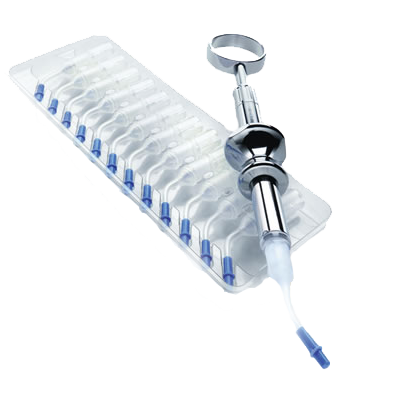periodontics
Studies have shown links between periodontal (gum) disease, heart disease and other health conditions.
Research further suggests that gum disease may be a more serious risk factor for heart disease than hypertension, smoking, cholesterol, gender and ages.
Researchers conclusions suggest that bacteria present in infected gums can become loose and move throughout the body through the bloodstream. Once bacteria reach the arteries, they can irritate them in the same way that they irritate gum tissue causing arterial plaque, which can cause hardening and affect blood-flow.
Gingivitis is an early stage of gum disease. Gingivitis develops as toxins, enzymes, and other plaque byproducts irritate the gums, making them tender, swollen and likely to bleed easily. Gingivitis generally can be stopped with proper oral hygiene and minor treatment from your dentist. If this is achieved, your gums can return to a healthy state.
Moderate gum disease is when the tooth's bone tissue starts to deteriorate. Periodontitis occurs when plaque byproducts destroy the tissues that anchor your teeth in the bone. The gums deteriorate and begin detaching themselves from the teeth forming gum pockets, which allows more plaque to collect below the gum line. This causes the roots of the teeth to become susceptible to decay. Generally, patients notice an increase in sensitivity to hot and cold and to touch.
With severe periodontitis, a radical amount of gum tissue and bone tissue is lost. Usually, teeth lose more support as the disease continues to destroy the periodontal ligament and bone. Teeth become loose and may even need to be extracted. This causes difficulties in normal everyday chewing and biting habits. If advanced periodontal disease is left untreated, patients run the risk of other serious health problems.
Root exposure resulting from gingival tissue recession may pose multiple problems for patients:
- Undesirable aesthetics
- Root sensitivity
- Impaired oral hygiene
- Increased caries susceptibility
- Teeth may become loose
A gingival tissue graft will restore the proper gum tissue structure around the tooth.
Periodontal procedures are available to lay the groundwork for restorative and cosmetic dentistry and/or to improve the esthetics of your gum line. Your teeth may actually be the proper lengths, but they are covered with too much gum tissue. Crown lengthening is a procedure to correct this condition.
During this procedure, excess gum and bone tissue is re-shaped to expose more of the natural tooth. This can be done to one tooth, to even your gum line, or to several teeth to expose a natural, broad smile.
Crown lengthening can make a restorative or cosmetic dental procedure possible. Perhaps your tooth is decayed, broken below the gum line, or has insufficient tooth structure for a restoration, such as a crown or bridge. Crown lengthening adjusts the gum and bone level to expose more of the tooth so it can be restored.
When a tooth is lost both bone and gum tissue competes for the defect space. The gum tissue generates quicker than bone, thus assuming the space. With a membrane placement we can keep the gum tissue from the space, while the bone regenerates.
Bone regeneration is often used to rebuild the supporting structures around the teeth which have been destroyed by periodontal disease. Bone surgery may be used to rebuild or reshape bone. Grafts of the patient's bone or artificial bone may be used, as well as special membranes.
Tooth scaling removes plaque, tartar and hard crusty calculus deposits, which are loaded with bacteria.
Sub-gingival tooth scaling is necessary when plaque and tartar are detected below the gum line.
After scaling the tooth roots may need to be planed to smooth the root surface. Soft tissue will re-attach itself to a smooth tooth surface.
Your dentist may also recommend medications to help control infection, pain, or to encourage healing.
Arestin is used after a root planing procedure to aid in the healing process. Arestin is a medication that is placed in the gum pockets. Once there, Arestin helps speed the healing process up by shrinking the gum pockets.



